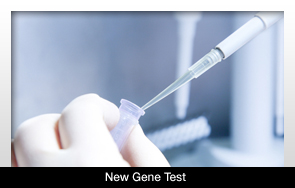 |
A new gene test may end up saving many lives.
The new test can detect precancerous cells in patients with benign-looking mouth lesions. This test may open the possibility for at-risk patients to receive treatment earlier than they would have before this test was created. The result would be a greater chance of survival.
The study appeared online in the International Journal of Cancer. The results indicated that the test was correct at a rate of 91 to 94 percent of the time. There were 350 head and neck specimens studied.
The amount of people who have mouth cancer is about 500,000 worldwide and the number could reach one million by 2030, according to some studies.
Only about five to 30 percent of mouth lesions will develop into cancer. The cancer can be treated if detected early enough. There hasn’t been a test that can accurately detect which lesions will become cancerous at this point.
The current diagnosis method is histopathology, which tests biopsy tissue taken during an operation. A pathologist analyzes the tissue under a microscope. Because of the invasive nature of the procedure, most mouth cancers were diagnosed at later stages.
More clinical trials are necessary to determine long-term benefits of this test. It’s conceivable that this test will eventually be used to detect types of cancer other than mouth cancer.


